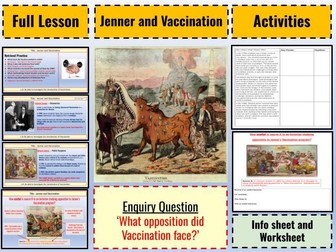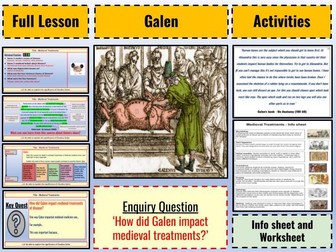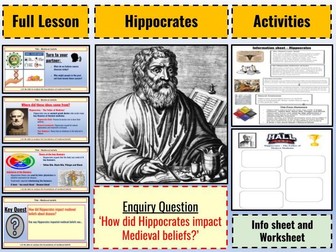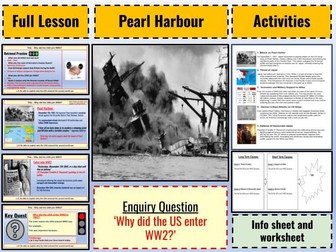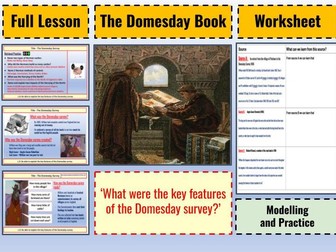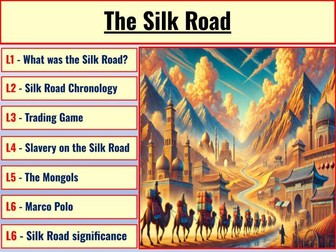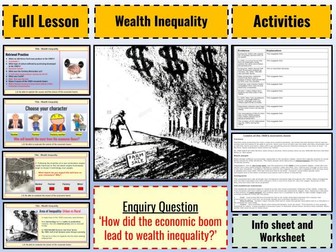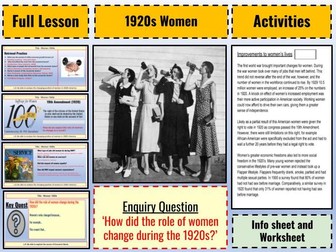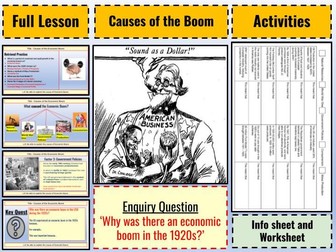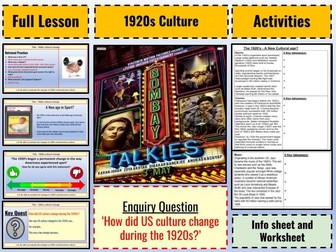Edward Jenner & Vaccination
<p>Lesson 7 of the AQA GCSE unit: Medicine through time.</p>
<p>Discover an engaging KS4 lesson that explores the historical significance and opposition to Vaccination.</p>
<p>The lesson contextualises Edward Jenner’s background, the discovery of Vaccination and initial opposition to vaccination.</p>
<p>There is modelling of source analysis and opportunities for deliberate practice for: source analysis and a reciprocal reader on Jenner’s work. All worksheet and information sheet are PDF format.</p>
<p>The lesson revolves around the key enquiry question ‘What opposition did Vaccination face?’ with the lesson ending in a PEE paragraph as a formative knowledge test.</p>
<p>The lesson comes in PowerPoint format, feel free to adapt the lesson to suit your needs best!</p>
